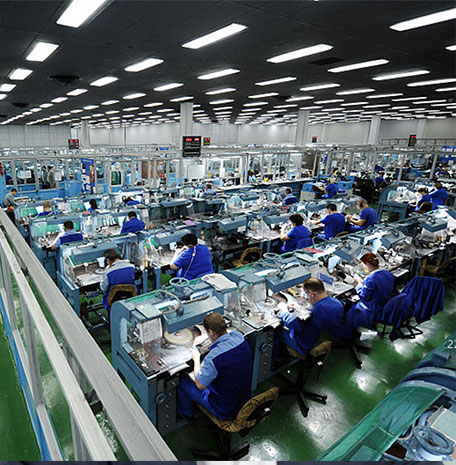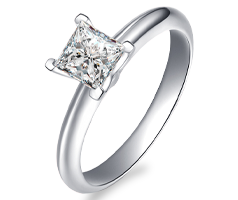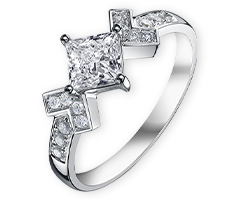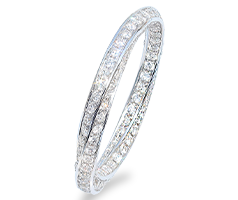POLYLINE Created Diamonds Are:
Future Diamond
HPHT and CVD Lab Grown Diamonds
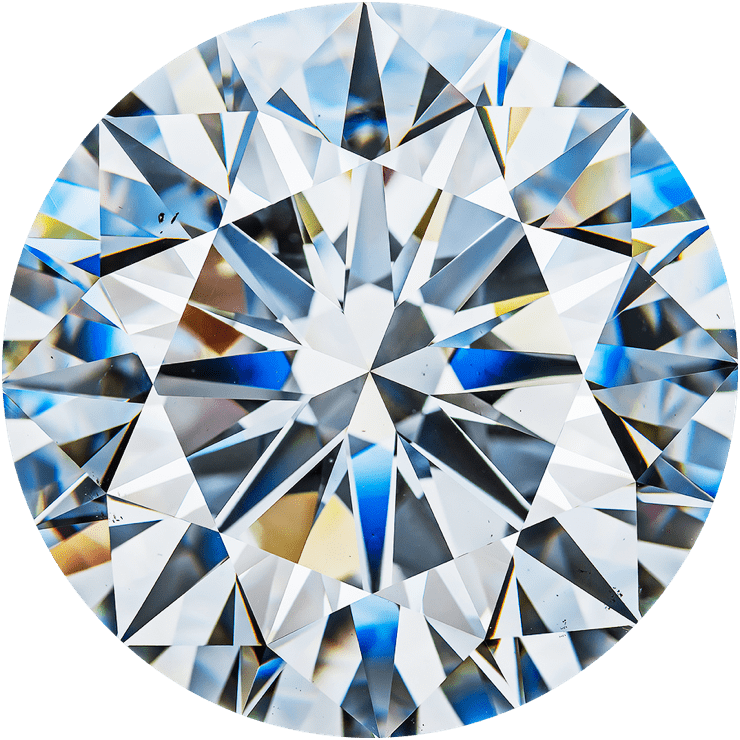
China's man-made diamond production accounted for more than 90% of the world's total production
ranking first for 15 consecutive years. As the hometown of diamonds, Henan is the place where 90% of the world’s laboratory-grown diamonds are produced. Since the birth of China's first synthetic diamond in Henan in 1963, Henan has formed an industrial cluster integrating research and development, mass production and sales of synthetic diamond products.
In recent years, as international jewelry giants such as De Beers, Swarovski, and Pandora have launched laboratory-grown diamond products, the entire cultivated diamond industry has shown rapid growth Status; At the same time, laboratory-grown diamonds have also gained the popularity of younger generations who pay more attention to sustainable development because of their environmentally friendly characteristics.
Lab grown diamond are produced in an artificial process. Now we have the technology to grow diamonds under the environment of HPHT or CVD. These kinds of synthetic diamonds have the same optical, physical and chemical properties as natural diamonds.
One Step Shopping
HPHT & CVD Lab Grown Diamonds certified by IGI or GIA
Delivery
within 14 Days
We provide diamond buy back and upgrade programs for customers, in order to keep diamonds value.
Get Price
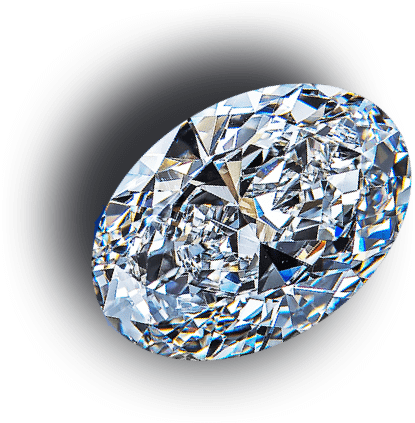
The company additionally offers:
-
Consulting services
-
Personal Customization Service
-
Unlimited warranty
-
Lifetime diamond repurchase and upgrade program
Laboratory Grown diamonds are identical to natural ones
in terms of physical, chemical, aesthetic and optical properties.
They have the same firmness, crystalline grid structure and importantly – the same brilliance, shine, brightness, and sparkle.
-
Video of the brilliance of a natural diamond
-
Video of the brilliance of a laboratory grown diamond
Visit our showroom to learn more about
laboratory grown diamonds and
witness
their high quality
Sign up for a free demonstration at your convenience
Create your own ring
Start with the ring design that suits your partner the best or configure the perfect engagement ring the purest way with our lab grown diamonds.
- Start With A Setting
- Start With A Diamond
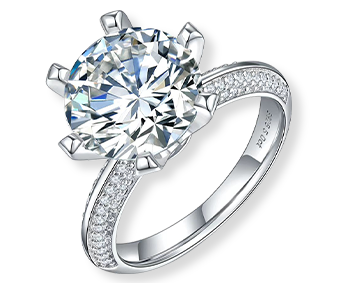
-
Start Customization
-
-
Start with the shape you like!
Choose Diamond
We meet international standards
We assess diamonds according to the 4-c system
- Carat
- Color
- Clarity
- Cut
-
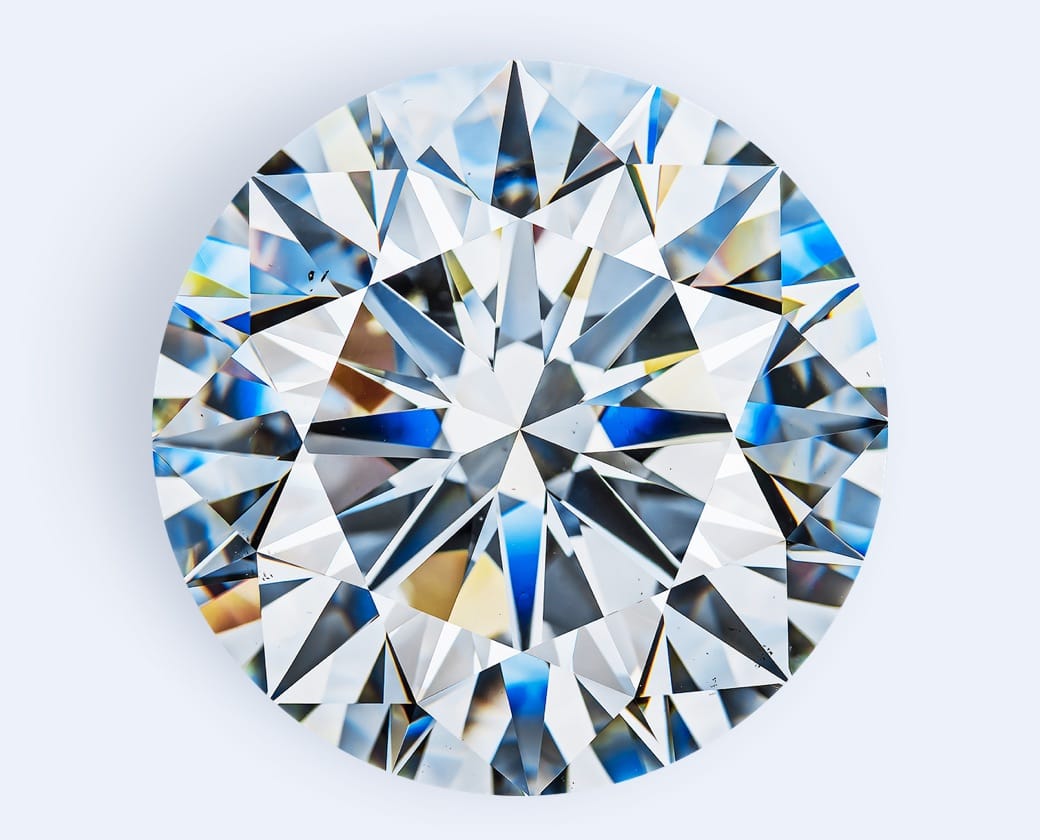
Carat weight
The diamond mass is measured in carats (1 ct = 0,2 g). When weighing the diamond, special carat scales are used, the obtained mass is rounded up to the second character after the comma.
The diamond mass is rounded upwards if the third character after the comma is 9, in other cases, it’s rounded downward. For small-sized round diamonds, tables of relations of screen sizes or diameter in millimeters to the approximate weight of one gem in carats as well as to the number of gems per carat are often used (see the table)*.
-

Color
Diamonds are divided by color into groups from D to Z. The colorless range resides within the groups from D to F, then the intensity of the upper color visible from the side of the crown gradually increases.
Colored (fantasy-like, painted) diamonds comprise a special category. These are gems of intense colors of yellow, brown, red, pink, green, blue, dark blue, purple, and other shades.
The assessment of brilliants by color is carried out in comparison to references, each of which is on the upper or lower limit of the color range.
-

Clarity
The diamond clarity is assessed using a magnifier of a tenfold increase. The diamond clarity shows how freely the light can penetrate the inside of the gem. There are the following groups by clarity in international practice:
- Internally Flawless (FL, IF)
- Very very slightly included (VVS1, VVS2)
- Very slightly included (VS1, VS2)
- Slightly included (SI1, SI2)
- Included (I1, I2, I3)
-

Cut
Acording to many specialists, the quality of the cut is the most significant parameter since it’s the cut that reveals all optical properties of the diamond to the full, namely, clarity, the brilliance of white and colored flashes, when the brilliant “burns”, shines, sparkles.
When determining a group of the cut, such parameters as gem proportion, symmetry and polishing are considered. The more diamond deviations from the perfect cut, the worse its optics. There are 5 groups of the cut according to international standards:
- Excellent
- Very good
- Good
- Fair
- Poor
The table of relations of screen
sizes and gem diameter
to the approximate weight and number per
carat.
Any questions?
Contact us!
Leave your contact details and our expert will contact you to answer your questions
-
Address:
East of Chunlan Road, Wutong Street,, High-Tech Development Zone,Zhengzhou 450000, China
-
Opening hours:
Mon-Fri 9 a.m. – 18 p.m.
Sat-Sun 10 a.m. – 18 p.m. -
E-mail:
[email protected]
